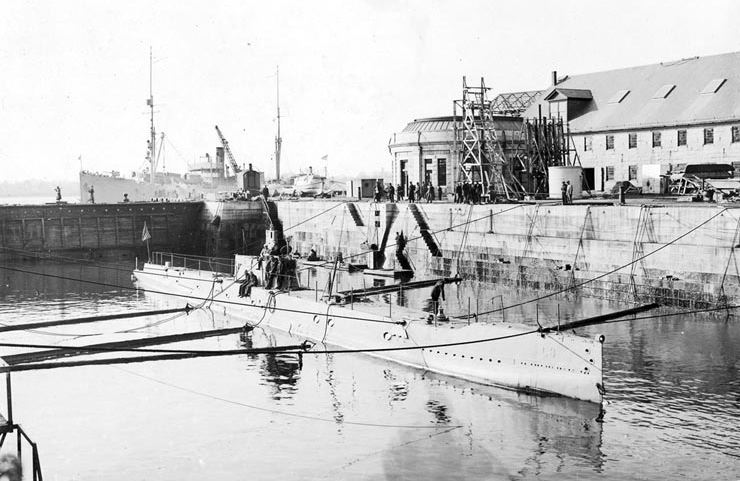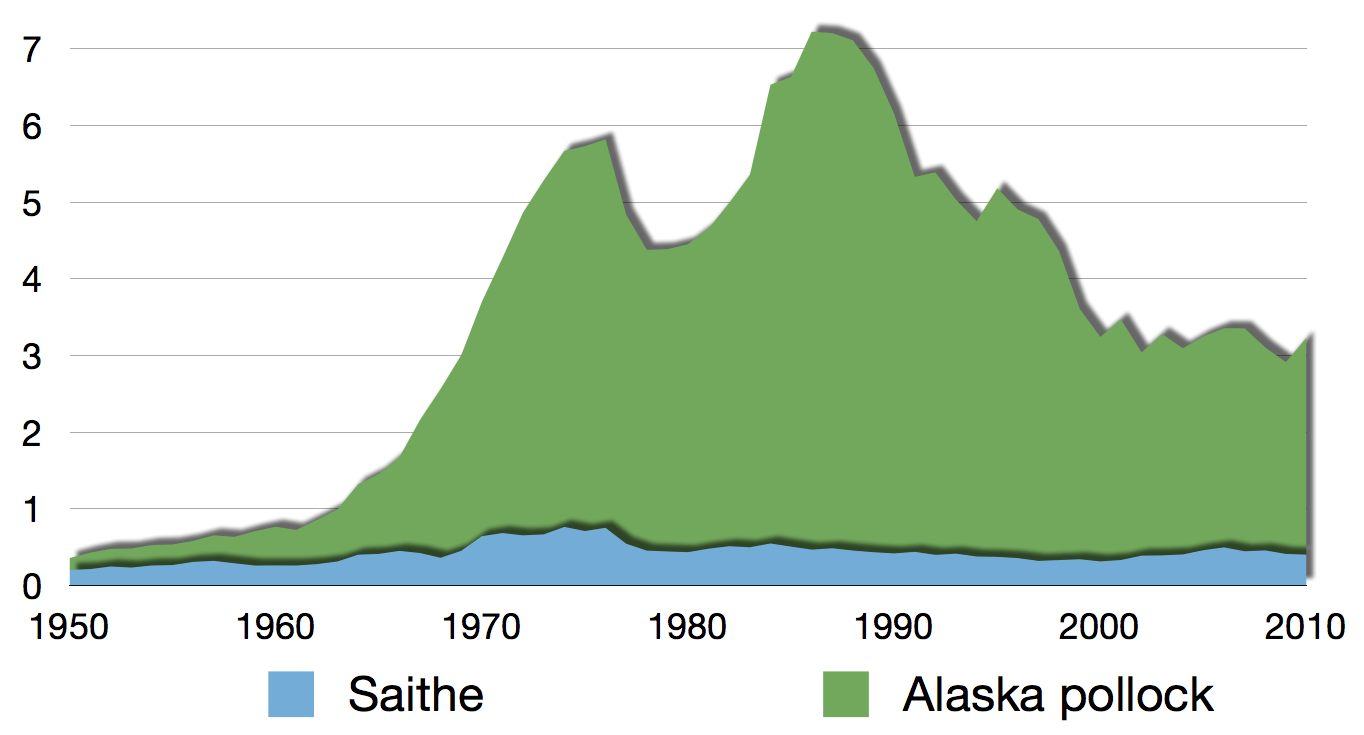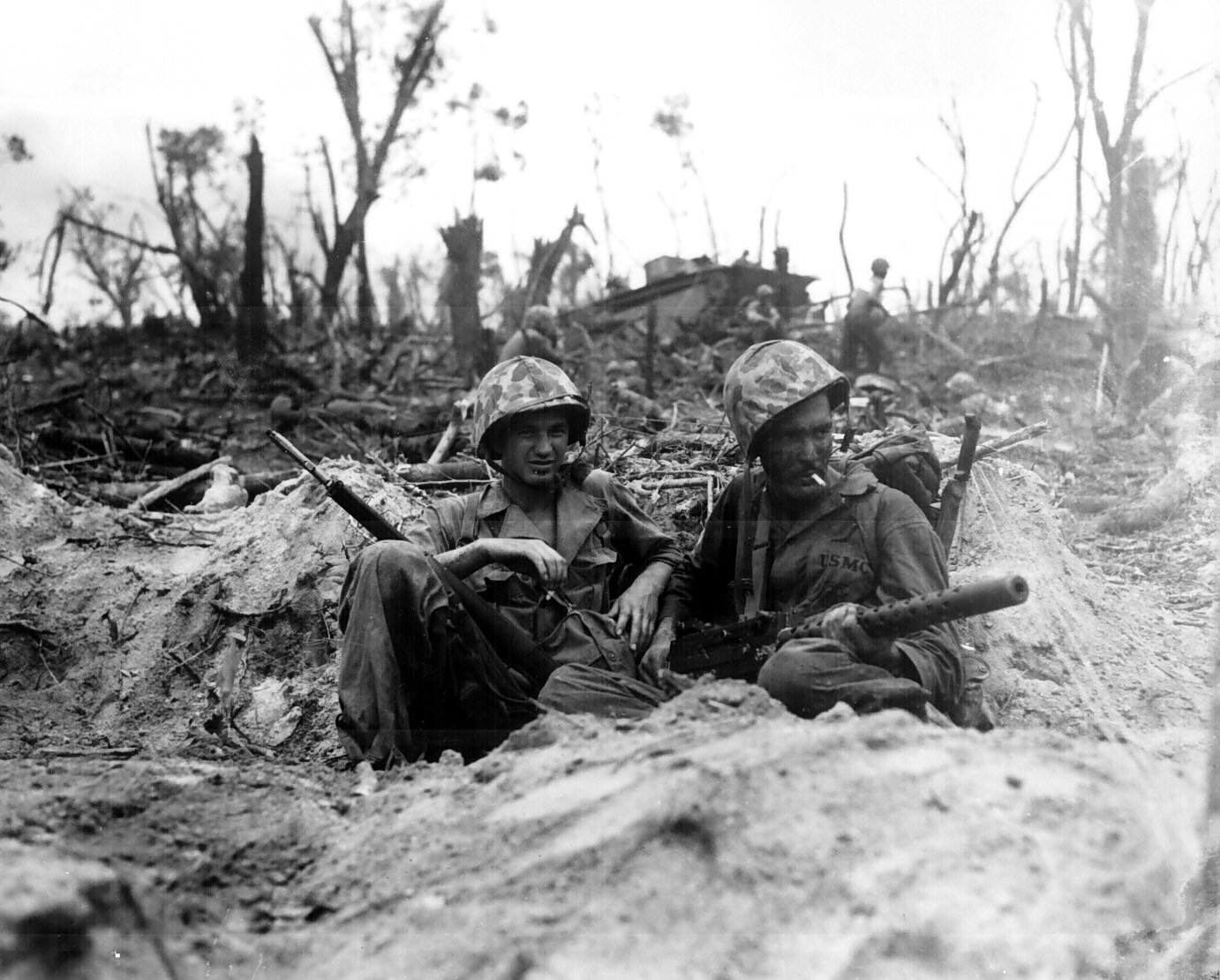|
USS Pollack (SS-180)
USS ''Pollack'' (SS-180), a ''Porpoise''-class submarine, was the first ship of the United States Navy to be named for the pollack, a food fish resembling the true cod, but with the lower jaw projecting and without the barbel. Construction and commissioning The first ''Pollack'' was laid down 1 October 1935 by the Portsmouth Navy Yard, in Kittery, Maine; launched 15 September 1936; sponsored by Miss Anne Carter Lauman; and commissioned 15 January 1937. Service history 1937–1941 ''Pollack'' stood out of Portsmouth Navy Yard 7 June 1937 for a Caribbean shakedown cruise. She returned from this cruise to Portsmouth 4 September and was underway 29 November for the West Coast of the United States. She reached her new base at San Diego, California, 19 December and spent the next 11 months in a rigorous schedule of maneuvers along the western seaboard with Submarine Division 13, Scouting Force. ''Pollack'' shifted to Pearl Harbor 28 October 1939. Except for periods of overhaul ... [...More Info...] [...Related Items...] OR: [Wikipedia] [Google] [Baidu] |
Portsmouth Naval Shipyard
The Portsmouth Naval Shipyard (PNS), often called the Portsmouth Navy Yard, is a United States Navy shipyard on Seavey's Island in Kittery, Maine, bordering Portsmouth, New Hampshire. The naval yard lies along the southern boundary of Maine on the Piscataqua River. Founded on June 12, 1800, PNS is the U.S. Navy's oldest continuously operating shipyard. Today, most of its work concerns the overhaul, repair, and modernization of submarines. As of November 2021, the shipyard employed more than 6,500 federal employees. As well, some of the work is performed by private corporations (e.g., Delphinius Engineering of Eddystone, Pennsylvania; Oceaneering International of Chesapeake, Virginia; Orbis Sibro of Mount Pleasant, South Carolina; and Q.E.D. Systems Inc. of Virginia Beach, Virginia). History The Portsmouth Naval Shipyard was established on June 12, 1800, during the administration of President John Adams. It sits on a cluster of conjoined islands called Seavey's Island in t ... [...More Info...] [...Related Items...] OR: [Wikipedia] [Google] [Baidu] |
Elliott Company
Elliott Company designs, manufactures, installs, and services turbo-machinery for prime movers and rotating machinery. Headquartered in Jeannette, Pennsylvania, Elliott Company is a wholly owned subsidiary of the Japan-based Ebara Corporation, and is a unit of Elliott Group, Ebara Corporation's worldwide turbomachinery business. Elliott Group employs more than 2000 employees worldwide at 32 locations, with approximately 900 in Jeannette. History Founded in 1901 as the Liberty Manufacturing Company to produce boiler cleaning equipment based on the patents of William Swan Elliott, the company incorporated as the Elliott Company in 1910. Elliott Company moved to the former Clifford-Capell Fan Works in Jeannette, Pennsylvania, in 1914 and has maintained a factory and offices there since. Elliott purchased the Kerr Turbine Company in 1924 and Ridgway Dynamo & Engine Co. in 1926. These acquisitions allowed Elliott to begin manufacturing turbines and compressors and enter the rotating ... [...More Info...] [...Related Items...] OR: [Wikipedia] [Google] [Baidu] |
Portsmouth Navy Yard
The Portsmouth Naval Shipyard (PNS), often called the Portsmouth Navy Yard, is a United States Navy shipyard on Seavey's Island in Kittery, Maine, bordering Portsmouth, New Hampshire. The naval yard lies along the southern boundary of Maine on the Piscataqua River. Founded on June 12, 1800, PNS is the U.S. Navy's oldest continuously operating shipyard. Today, most of its work concerns the overhaul, repair, and modernization of submarines. As of November 2021, the shipyard employed more than 6,500 federal employees. As well, some of the work is performed by private corporations (e.g., Delphinius Engineering of Eddystone, Pennsylvania; Oceaneering International of Chesapeake, Virginia; Orbis Sibro of Mount Pleasant, South Carolina; and Q.E.D. Systems Inc. of Virginia Beach, Virginia). History The Portsmouth Naval Shipyard was established on June 12, 1800, during the administration of President John Adams. It sits on a cluster of conjoined islands called Seavey's Island in t ... [...More Info...] [...Related Items...] OR: [Wikipedia] [Google] [Baidu] |
Barbel (anatomy)
In fish anatomy and turtle anatomy, a barbel is a slender, whisker like sensory organ near the mouth (sometimes called whiskers or tendrils). Fish that have barbels include the catfish, the carp, the goatfish, the hagfish, the sturgeon, the zebrafish, the black dragonfish and some species of shark such as the sawshark. Barbels house the taste buds of such fish and are used to search for food in murky water. The word ''barbel'' comes from Latin Latin ( or ) is a classical language belonging to the Italic languages, Italic branch of the Indo-European languages. Latin was originally spoken by the Latins (Italic tribe), Latins in Latium (now known as Lazio), the lower Tiber area aroun ... ''barbula'' 'little beard'. Barbels are sometimes erroneously referred to as '' barbs'', which are found in bird feathers for flight. Barbels may be located in a variety of locations on the head of a fish. "Maxillary barbels" refers to barbels on either side of the mouth. Barbels ... [...More Info...] [...Related Items...] OR: [Wikipedia] [Google] [Baidu] |
Pollock
Pollock or pollack (pronounced ) is the common name used for either of the two species of North Atlantic ocean, marine fish in the genus ''Pollachius''. ''Pollachius pollachius'' is referred to as "pollock" in North America, Ireland and the United Kingdom, while ''Pollachius virens'' is usually known as saithe or coley in Great Britain and Ireland (derived from the older name coalfish). Other names for ''P. pollachius'' include the Atlantic pollock, European pollock, ''lieu jaune'', and lythe or lithe; while ''P. virens'' is also known as Boston blue (distinct from bluefish) and silver bill. Species The recognized species in this genus are: * ''Pollachius pollachius'' (Carl Linnaeus, Linnaeus, 1758) (pollack) * ''Pollachius virens'' (Linnaeus, 1758) (coalfish) Description Both species can grow to . ''P. virens'' can weigh up to and ''P. pollachius'' can weigh up to . ''P. virens'' has a strongly defined, silvery lateral line running down the sides. ... [...More Info...] [...Related Items...] OR: [Wikipedia] [Google] [Baidu] |
United States Navy
The United States Navy (USN) is the naval warfare, maritime military branch, service branch of the United States Department of Defense. It is the world's most powerful navy with the largest Displacement (ship), displacement, at 4.5 million tons in 2021. It has the world's largest aircraft carrier fleet, with List of aircraft carriers in service, eleven in service, one undergoing trials, two new carriers under construction, and six other carriers planned as of 2024. With 336,978 personnel on active duty and 101,583 in the Ready Reserve, the U.S. Navy is the third largest of the United States military service branches in terms of personnel. It has 299 deployable combat vessels and about 4,012 operational aircraft as of 18 July 2023. The U.S. Navy is one of six United States Armed Forces, armed forces of the United States and one of eight uniformed services of the United States. The United States Navy traces its origins to the Continental Navy, which was established during ... [...More Info...] [...Related Items...] OR: [Wikipedia] [Google] [Baidu] |
M1919 Browning Machine Gun
The M1919 Browning is a .30-06 Springfield, .30 caliber medium machine gun that was widely used during the 20th century, especially during World War II, the Korean War, and the Vietnam War. The M1919 saw service as a light infantry, coaxial weapon, coaxial, mounted, aircraft, and anti-aircraft machine gun by the U.S and many other countries. The M1919 was an air-cooled development of the standard U.S. machine gun of World War I, the John Browning, John M. Browning-designed water-cooled M1917 Browning machine gun, M1917. The emergence of general-purpose machine guns in the 1950s pushed the M1919 into secondary roles in many cases, especially after the arrival of the M60 machine gun, M60 in US Army service. The United States Navy also converted many to 7.62 mm NATO and designated them Mk 21 Mod 0; they were commonly used on riverine craft in the 1960s and 1970s in Vietnam. Many NATO countries also converted their examples to 7.62 mm caliber, and these remained in service well ... [...More Info...] [...Related Items...] OR: [Wikipedia] [Google] [Baidu] |
Caliber
In guns, particularly firearms, but not #As a measurement of length, artillery, where a different definition may apply, caliber (or calibre; sometimes abbreviated as "cal") is the specified nominal internal diameter of the gun barrel Gauge (firearms), bore – regardless of how or where the bore is measured and whether the finished bore matches that specification. It is measured in inches or in millimetres, millimeters]ref name=barnes2016-p9> In the United States it is expressed in hundredths of an inch; in the United Kingdom in thousandths; and elsewhere in millimeters. For example, a US "45 caliber" firearm has a barrel diameter of roughly 0.45 inches (11.43mm). Barrel diameters can also be expressed using metric dimensions. For example, a "9 mm pistol" has a barrel diameter of about 9 millimeters. Since metric and US customary units do not convert evenly at this scale, metric conversions of caliber measured in decimal inches are typically approximations of the precise spe ... [...More Info...] [...Related Items...] OR: [Wikipedia] [Google] [Baidu] |
4"/50 Caliber Gun
The 4″/50-caliber gun (spoken "four-inch-fifty-caliber") was the standard low-angle, quick-firing gun for the United States, first appearing on the monitor and then used on "Flush Deck" destroyers through World War I and the 1920s. It was also the standard deck gun on S-class submarines, and was used to rearm numerous submarines built with guns early in World War II. United States naval gun terminology indicates the gun fired a projectile 4 inches (10 centimeters) in diameter, and the barrel was 50 caliber. 4x50 meant that the barrel was 200 inches long, or 16 feet long . Design The original 4-inch/50-caliber Mark 7 gun, M1898, serial nos. 213–254, 257–281, 316–338, was an entirely new high-power design built-up gun with a tube, jacket, hoop, locking ring and screw breech. Gun No. 213 had a liner. The gun was described as a gun but with a 4-inch bore in the 1902 handbook, this indicated its higher power and also the fact the barrel was actually more the size of a 5-in ... [...More Info...] [...Related Items...] OR: [Wikipedia] [Google] [Baidu] |
Torpedo
A modern torpedo is an underwater ranged weapon launched above or below the water surface, self-propelled towards a target, with an explosive warhead designed to detonate either on contact with or in proximity to the target. Historically, such a device was called an automotive, automobile, locomotive, or fish torpedo; colloquially, a ''fish''. The term ''torpedo'' originally applied to a variety of devices, most of which would today be called mines. From about 1900, ''torpedo'' has been used strictly to designate a self-propelled underwater explosive device. While the 19th-century battleship had evolved primarily with a view to engagements between armored warships with large-caliber guns, the invention and refinement of torpedoes from the 1860s onwards allowed small torpedo boats and other lighter surface vessels, submarines/submersibles, even improvised fishing boats or frogmen, and later light aircraft, to destroy large ships without the need of large guns, though somet ... [...More Info...] [...Related Items...] OR: [Wikipedia] [Google] [Baidu] |
Torpedo Tube
A torpedo tube is a cylindrical device for launching torpedoes. There are two main types of torpedo tube: underwater tubes fitted to submarines and some surface ships, and deck-mounted units (also referred to as torpedo launchers) installed aboard surface vessels. Deck-mounted torpedo launchers are usually designed for a specific type of torpedo, while submarine torpedo tubes are general-purpose launchers, and are often also capable of deploying naval mine, mines and cruise missiles. Most modern launchers are standardized on a diameter for light torpedoes (deck mounted aboard ship) or a diameter for heavy torpedoes (underwater tubes), although Torpedo#Classes and diameters, torpedoes of other classes and diameters have been used. Submarine torpedo tube A submarine torpedo tube is a more complex mechanism than a torpedo tube on a surface ship, because the tube has to accomplish the function of moving the torpedo from the normal atmospheric pressure within the submarine into the ... [...More Info...] [...Related Items...] OR: [Wikipedia] [Google] [Baidu] |








